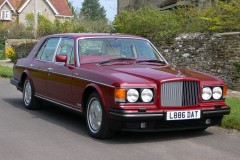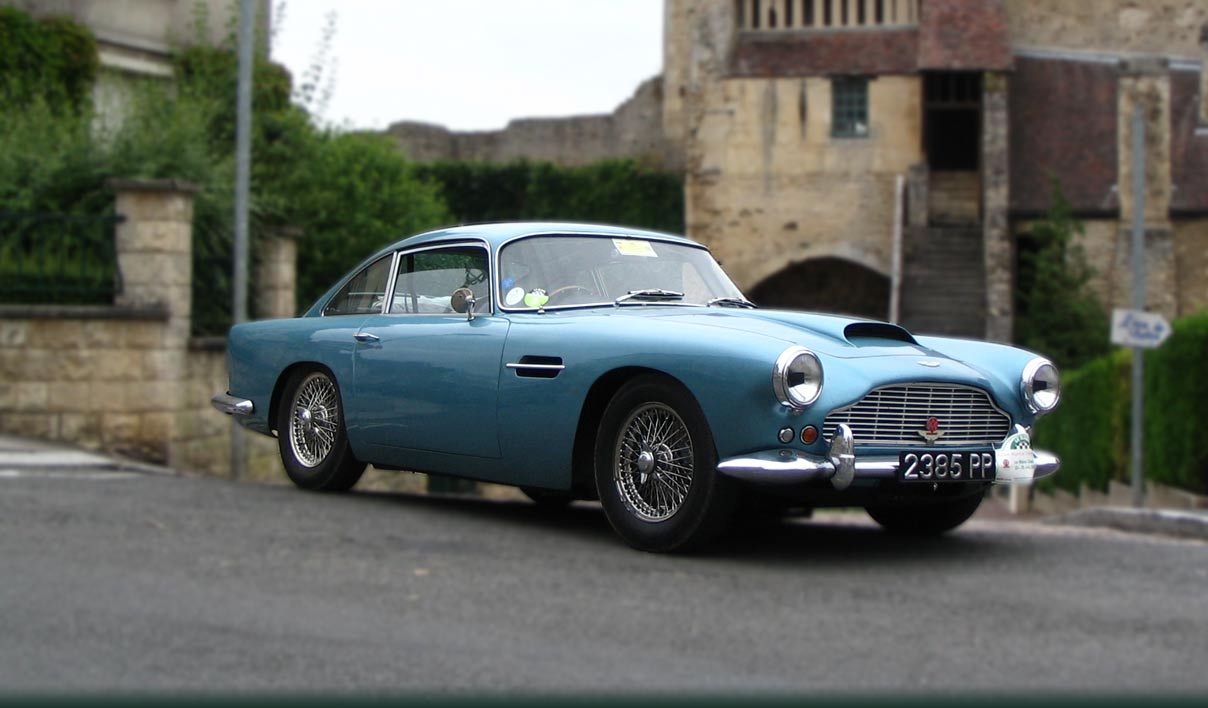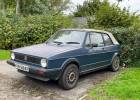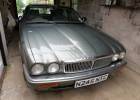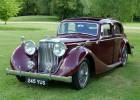Bentley battered by time but better than ever
It has been a close-run thing for Bentley over the years.
Bentley has had several near death experiences since it was founded by Walter Owen (W.O.) Bentley in 1919. The century of existence has been marked by exciting race victories and precarious rescues from bankruptcy as well as public apathy almost leading to its demise in the 80s.
Bentley concentrated on racing to build his marque’s reputation and five Le Mans wins during the 1920s, four of them consecutively, did plenty to raise awareness. But not even financial bravery displayed by his wealthy “Bentley Boys” driving team to match their prowess on the racing circuits at Brooklands, Le Mans and elsewhere could save the company from bankruptcy. It went under in 1931, to be rescued by Rolls-Royce.
Move on 40 years and the unthinkable happened. Rolls-Royce, too, went bust with its death hastened by the RB211 engine project consuming funds at an even faster rate than it could get through jet fuel.
Thankfully, the cars were saved, along with the Crewe factory in which they were made, with Rolls-Royce and Bentley surviving to see another day and an eventual split when they passed to German ownership in 1998.
That was an unthinkable outcome to many who regarded these two marques as staunchly British yet things could hardly have turned out better for Bentley under Volkswagen’s custody. It remained at Crewe, saw a raft of new models, and the rejuvenation of the venerable V8 engine launched in 1959 as a 6.25 litre unit and now up to 6.75 litres with twin turbos to give it real muscle while meeting the latest emissions standards.
For many years, Bentley models were little more than clones of their Rolls-Royce counterparts, mechanically at least if not bodily when the 1950s Continentals are brought to mind.
Post-war, standard steel saloons meant rationalisation and this continued all the way through to the 1980s, when it became a case of do or die for Bentley. The launch of the unitary construction Rolls-Royce Silver Shadow in 1965 brought about the Bentley T Series, differing only in the grille and badges. Production lasted until 1980, ending with the Silver Shadow 2 and T2. During this period, Rolls-Royce made around 33,000 cars and only 10 per cent wore Bentley badges. It might appear that things could not get worse but the arrival of the Silver Spirit in 1980 saw Bentley sales fall to a mere five per cent of production, despite the Mulsanne name being used to exploit past Le Mans victories. More than a name recalling past glories is required to keep a marque alive!
Thankfully, instead of reversing Bentley into oblivion, Rolls-Royce management decided to inject new vigour quite literally by turning the Mulsanne into a performance model with turbocharging and reintroducing the old Corniche convertible as the Continental.
Since then, other derivatives such as the Eight (designed to bring new owners to the brand) and Brooklands as well as various Continentals and the Arnage moved Bentley through to the thorough revival under VW ownership.
It took Bentley back to Le Mans and won in 2003 and is now a mainstay of GT racing, helping build the image of the current Continental powered by VW W12 and V8 engines. The current generation Mulsanne, 3.2 tonnes of twin turbo rocket ship reaching 60 mph from a standstill in a mere 4.8 seconds and with a 190 mph top speed, plus the Flying Spur put Bentley in the luxury saloon market. There’s even the Bentayga SUV, a 4x4 (horrors, it even comes as a diesel) with an imposing presence on fast roads although the closest it gets to off-road conditions is probably the driveway to Premier League football training grounds.
From a brand in the doldrums, a new wind is filling Bentley’s sails. Let’s hope it never becomes becalmed again!
